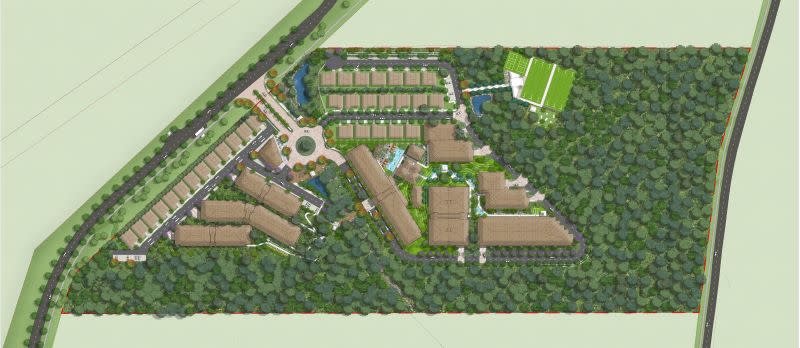How Developers Can Lead Change in Sustainability

As the koala became an endangered species, it was another reminder of the consequences that arise due to improper planning.
Australia has traditionally had strong ties to the land and yet we are experiencing a significant shift as a nation in its attitude to environmental matters.
Sustainability is no longer a planning term; it has become everyday language. Part of this shift has been due to global awareness of localised impacts. Particularly, impacts arising through urban sprawl and associated habitat loss.
In addition to human impacts, invasive plant species such as Megathyrsus maximus (Guinea Grass) and lantana dominate and degrade quality habitat that would normally support our native marsupials and bird life. These prickly species form formidable barriers to our soft footed marsupials.
Planning departments, NGOs, consultants and developers are now required to take the lead in mitigating environmental impacts whilst still delivering a quality product demanded by consumers.
In this, best-practice environmental management is an ever-evolving process that aims to reduce invasive species, lower human impacts and improve bushland retention in urban areas.

Nelson Wills, an environmental expert and board member of the UDIA EnviroDevelopment committee, has seen the good and bad of urban development firsthand. As an avid environmentalist he strives to find the best outcome possible for the environment.
Question: Nelson, generally speaking what are the most common errors that occur with bushland rehabilitation?
Answer: A heavy-handed use of herbicides can make native bushland rehabilitation far more complex and costly. This is the case since a ‘kill it all’ approach results in loss of native plants (and even some weeds) that are helpful during bushland restoration. In addition, erosion can become a problem and a more intensive site preparation/planting program can result.
Q: What species do you find to be the most harmful and difficult to eradicate?
A: There are too many to list! Over the years we have found some of the exotic grasses to be particularly difficult to deal with (such as Giant rat’s tail grass). Other problem weeds that spring to mind include vines sich as Madeira vine and Cat’s claw creeper; these vines can destroy the canopy of a forest if given a chance.
Q: What principles do you consider key in achieving best-practice bushland rehabilitation?
A: Principles include having clear rehabilitation goals that are based on rigorous ecological data, ensuring that works are undertaken by suitably qualified people and an adaptive management approach led by monitoring data. Overall, it is important to understand the ecological community that you are looking to restore and the key threats pertinent to it within the rehabilitation area (and locality).
Q: What projects have you recently worked on that are a working to achieve best practise bushland rehabilitation?
A: Abadi Gai Adult Residential Village is a great example of a project that has responded to the ecological values associated with the site as well as the threats to it (for example, invasive grasses and Lantana thickets).
Not only does the project seek to restore and protect the locally native vegetation communities on much of the site but it also includes landscaping treatments aimed at fauna conservation (namely use of koala habitat trees beyond bushland rehabilitation areas).
Also of note is that thought went into protection of environmental functionality through the design process in that retained patches of bushland are arranged to form ecological corridors throughout the site.

Nelson Wills has a wealth of knowledge as director for New Ground Environmental for 13 years. Providing expert advice and consulting for complex development approvals and environmental matters across Australia.
The Urban Developer is proud to partner with PGS Invest pty Ltd to deliver this article to you. In doing so, we can continue to publish our daily news, information, insights and opinion to you, our valued readers.















